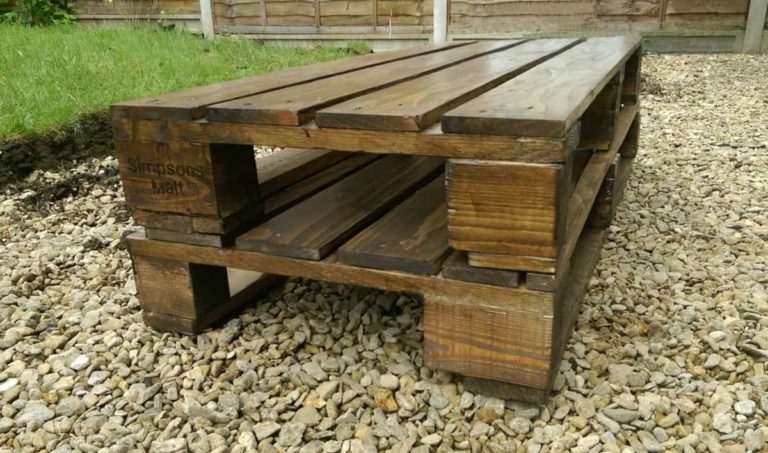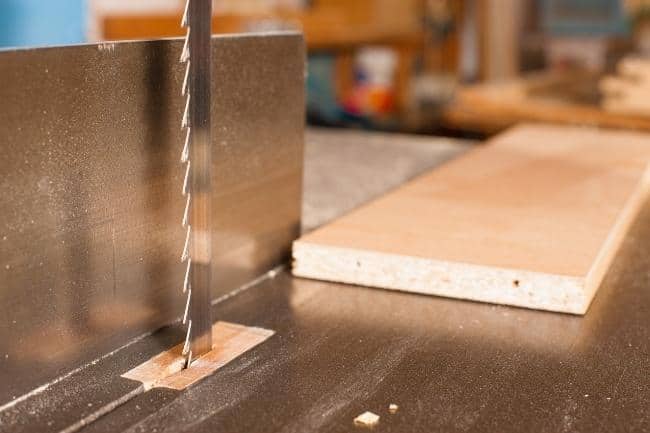Tool Tips: How to Use a Jigsaw to Cut a Straight Line
This post includes affiliate links. If you decide to make a purchase through my link, I might get a small commission for it at no additional cost to you. Thank you for supporting Upcycle This DIY That!
As you all know, jigsaws are mainly used for cutting curves and other funny irregular shapes. What about cutting straight lines? You usually would use a circular saw or table saw, but what if you only got a jigsaw?
In this short post, I’m going to show you how to use a jigsaw to cut a straight line and what to pay attention to. I’m going to tell you what blade to use for the best results and what mistakes to avoid when cutting a straight line.
What jigsaw to use to cut a straight line?
An old, and I mean old, like 40-year-old jigsaw just won’t cut it. Why? Because it was only in 1990 that manufacturers introduced guide bearings in consumer jigsaws.
Without this critical feature, you won’t be able to cut a straight line. It acts as a second support point for the blade, not allowing for much side-to-side movement. As simple as that.
So if you are still holding to your old jigsaw, just get a new one. There is so much choice for every budget that there is no excuse not to. Check out my buying guide on the best jigsaws for every budget.
Just keep in mind to get one with a bearing that has a center groove for the blade to fit in, not the flat one.
What jigsaw blades to use?
The short answer is good-quality blades. The long one is it depends mainly on the project and type(hardness) of wood you’re cutting. The material they’re made of and TPI plays an important role here, as well as size/width.
Bimetal or Tungsten Carbide blades are used for cutting the hardest of materials and are usually the most expensive ones but, at the same time, the most durable. Wider blades are the ones you should go for when cutting a straight line.
They tend to be more rigid, and if you want a smooth straight-line cut, go for blades with higher TPI(more teeth). The thickness of the material being cut is important as well, so choose a blade that is long enough to complete the task.
Bosch has a great choice of blades for this purpose, and you can check the T101BF blade out on Amazon here.
Things you will need to cut a straight line
The first step is to assemble all the required tools for the job. You will need a marker (pencil or chalk), a measuring tape, a set square, and a ruler to cut perfectly straight lines. Clamps to keep the wooden plank in place, and last but most importantly, a jigsaw and set of good quality jigsaw blades.
I highly recommend using clamps as they make sure that your wooden pieces are held in place. When you cut with a jigsaw, the wood can move from its place, resulting in uneven cuts.
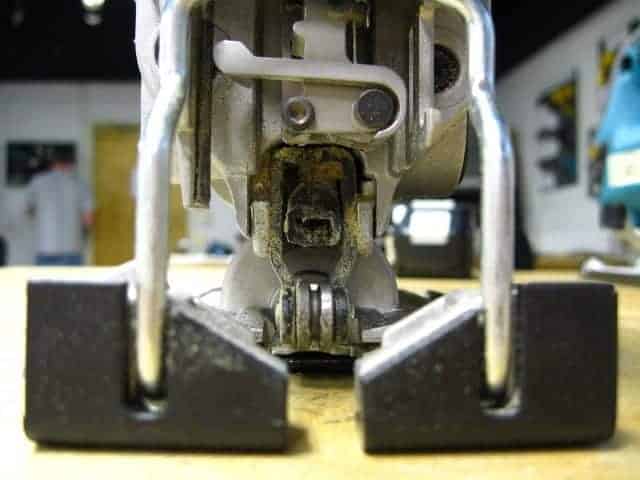
“DeWalt blower port and blade guide ” by Sarah Grice, used under CC BY 2.0
The step-by-step process
#1. Mark the wood
No matter whether you are an expert or a novice, marking the wood for the cuts is the best practice. This way, you make sure you get precise results. So, before you start cutting, mark the wood with a square, and for long straight cuts, use a ruler and a pencil.
You can put marks randomly (leaving spaces in between), but for beginners, I recommend marking the entire line for easy cutting. Or you can clamp a combination square, ruler, or any guide to the workpiece and guide the shoe along with it.
#2. A few words about cutting the wood
Now it is time to cut. Place your jigsaw on the workpiece. The sawshoe must be on the marking. Switch the jigsaw on and start moving it forward, following the straight line.
This will help you cut a nice and precise straight line. Do not put any extra pressure on the saw, and follow the pace of the jigsaw.
Try to keep the jigsaw blade on the line. Some jigsaws have a laser built in to help with that, but the more you do it, the more experience you’ll have and the easier it will get to cut a straight line. Just take it easy and don’t force the cut.
You can always sand it off on a benchtop belt sander afterward if needed.
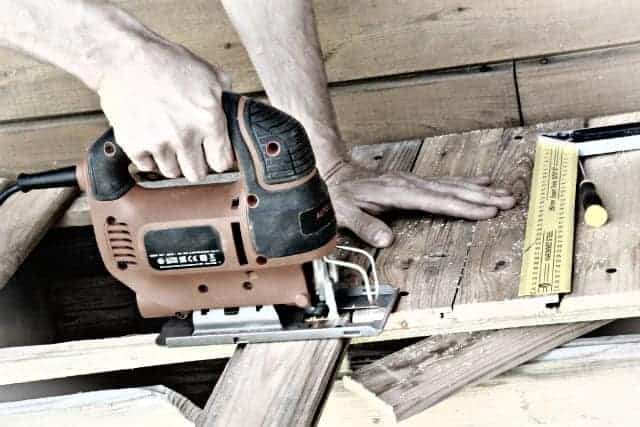
“Handyman working with a jigsaw” by Marco Verch, used under CC BY 2.0
Cutting long pieces can be tricky, so my piece of advice for long rip cuts is to use a table/circular saw, or if you haven’t got one, get the piece cut at the store.
That’s it. Now you know how to cut a straight line with a jigsaw. It’s pretty straightforward, isn’t it? In a quick summary, you’ll have to :
- Have a good jigsaw with guide bearings
- Pick a quality blade that is wide, rigid, and appropriate for the material being cut
- Mark the wood
- Follow the markings, and don’t force the jigsaw to cut
- Remember about safety gear like earplugs and safety goggles
On top of that, be aware of your surroundings so you don’t hurt yourself or others with flying sawdust or metal pieces when cutting through thicker materials. Keep an eye on where the jigsaw blade is in relation to what’s around it for more accurate cuts.
And be sure to clean up any messes made by using a tool like this one before they happen by keeping plenty of rags handy at all times.
I hope these simple yet helpful tips will help make working with power tools easier for future projects! Happy woodworking! Don’t forget to pin this article to your woodworking tools tips board. Thanks!
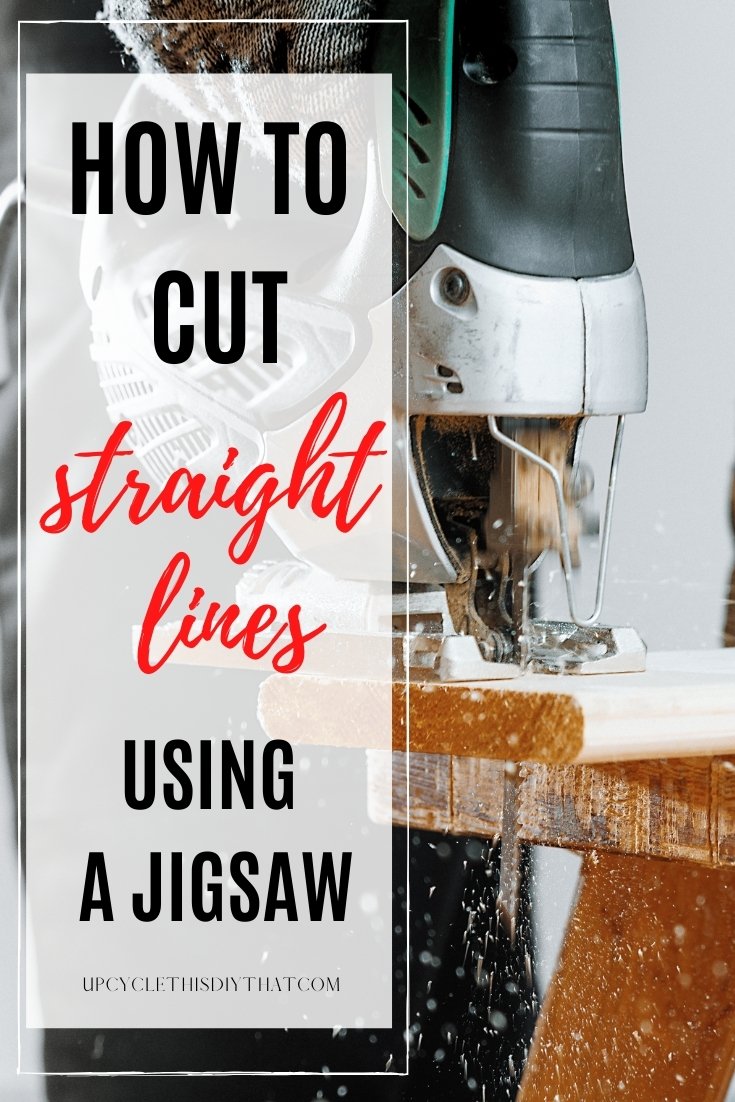
Subscribe To My FREE DIY Newsletter!
Stay in touch and receive things like updates, special offers, new projects, tips, gear reviews, and more. No spam, promise!
By entering your email address, you agree to get an email newsletter from UpcycleThisDIYThat. I’ll respect your privacy, and you can unsubscribe at any time. For more details, review our Privacy Policy.


